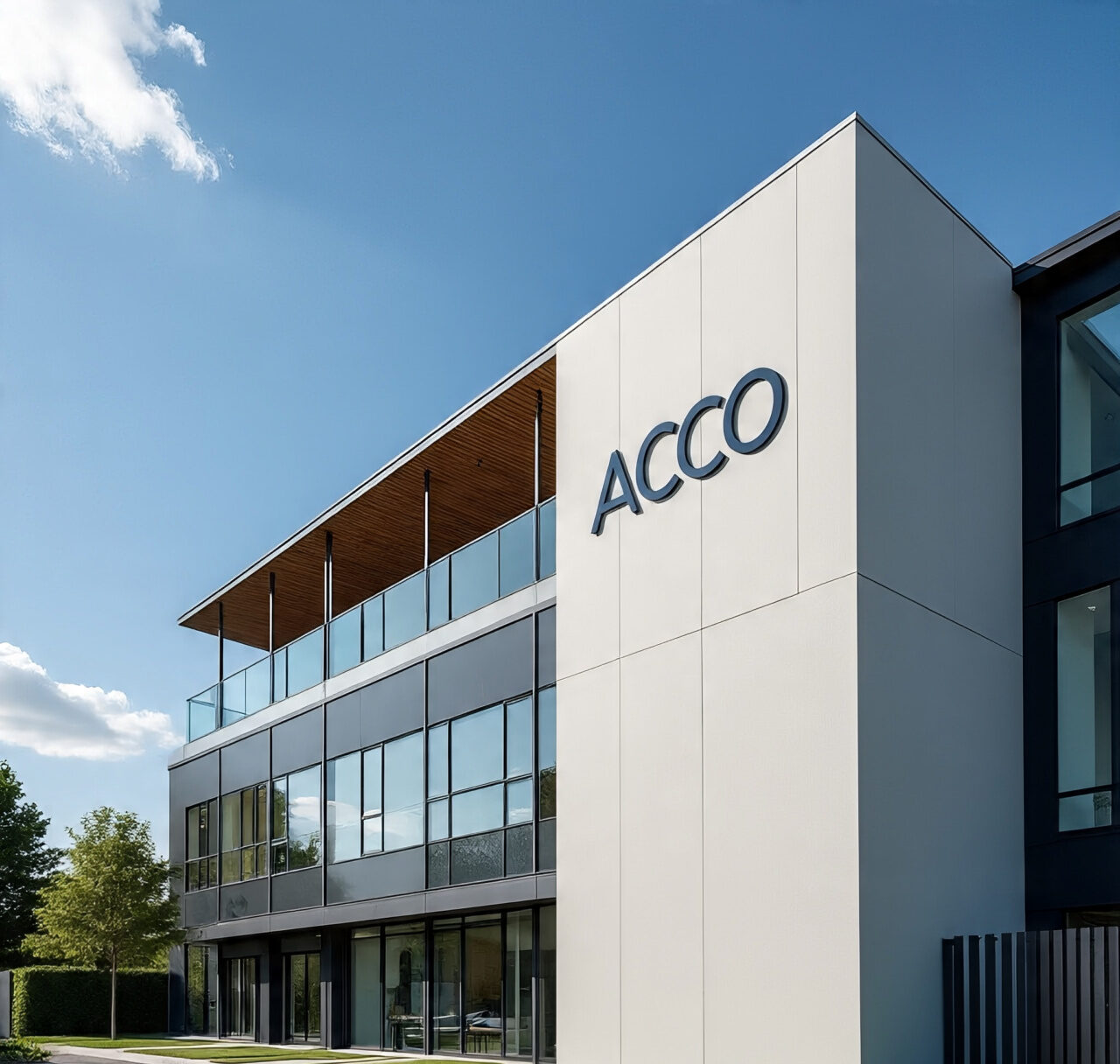
HOSPITAL DESIGN HUB Sustainable Hospital Design in Qatar: A Guide to Green Healthcare Facilities
| Headings | Sub-Headings |
|---|---|
| Introduction | |
| Overview of Sustainable Hospital Design | Importance of Sustainable Design in Healthcare |
| Key Principles of Sustainable Architecture | |
| Historical Development of Green Hospitals in Qatar | |
| Environmental Challenges in Qatar | Climatic Considerations in Hospital Design |
| Water Scarcity and Sustainability in Healthcare | |
| Energy Consumption in Qatar’s Healthcare Facilities | |
| Benefits of Sustainable Hospital Design | Environmental Impact and Carbon Footprint Reduction |
| Health and Wellbeing of Patients and Staff | |
| Economic Advantages of Green Hospital Design | |
| Green Building Certifications for Hospitals | LEED Certification and Its Relevance to Qatar |
| Qatar’s Global Sustainability Assessment System (GSAS) for Healthcare | |
| Case Studies of Certified Green Hospitals in Qatar | |
| Design Strategies for Sustainable Hospitals | Energy-Efficient Design Principles |
| Water Conservation Techniques | |
| Material Selection and Waste Reduction Strategies | |
| Indoor Environmental Quality (IEQ) Enhancements | |
| Sustainable Landscaping and Outdoor Spaces | |
| Innovative Technologies in Green Hospitals | Renewable Energy Systems for Hospitals |
| Smart Building Technologies in Healthcare | |
| Advanced Waste Management Systems | |
| Sustainable HVAC Solutions | |
| Case Studies of Sustainable Hospitals in Qatar | Sidra Medicine: A Benchmark for Green Healthcare |
| Hamad Bin Khalifa Medical City: Integrating Sustainability in Large-Scale Projects | |
| Al Wakrah Hospital: Pioneering Sustainable Design | |
| Challenges and Barriers to Implementation | Financial Barriers in Green Hospital Design |
| Regulatory Challenges in Qatar | |
| Cultural and Operational Considerations | |
| The Role of Policy and Regulation | Government Initiatives for Green Building in Healthcare |
| Impact of Qatar National Vision 2030 on Hospital Design | |
| Incentives and Support for Sustainable Construction | |
| Future Trends in Sustainable Hospital Design | The Shift Toward Net-Zero Hospitals |
| The Role of AI and IoT in Sustainable Healthcare Facilities | |
| The Importance of Community and Stakeholder Engagement | |
| Conclusion | |
| FAQs | What is sustainable hospital design? |
| Why is sustainable hospital design important in Qatar? | |
| How do sustainable hospitals benefit patients and staff? | |
| What certifications are relevant for green hospitals in Qatar? | |
| What are the key challenges in designing a sustainable hospital in Qatar? | |
| How does sustainable hospital design align with Qatar’s national goals? |
Sustainable Hospital Design in Qatar: A Guide to Green Healthcare Facilities
SEO Meta-Description: Explore how sustainable hospital design in Qatar is transforming healthcare facilities into green, efficient, and patient-friendly spaces. Learn about key principles, certifications, and case studies.
Introduction
Sustainable hospital design is no longer a futuristic concept but an essential aspect of modern healthcare facilities worldwide, especially in Qatar. As the nation strives to align with global environmental standards while addressing unique regional challenges, the importance of integrating sustainable practices into hospital design has become increasingly apparent. In a country where rapid development is a norm, ensuring that healthcare facilities are built to last, while minimizing their environmental footprint, is not just a preference but a necessity.
Overview of Sustainable Hospital Design
Importance of Sustainable Design in Healthcare
Sustainability in healthcare design goes beyond just reducing energy consumption. It encompasses creating healing environments that are healthier for both patients and staff while minimizing negative impacts on the environment. In Qatar, where the healthcare sector is rapidly expanding, the integration of sustainable practices in hospital design plays a pivotal role in ensuring that these facilities can meet the future needs of the population without compromising the environment.
Key Principles of Sustainable Architecture
The principles of sustainable architecture in hospital design focus on energy efficiency, water conservation, indoor environmental quality, and the use of sustainable materials. These principles are essential in creating a holistic approach to sustainability, ensuring that hospitals are not only environmentally friendly but also cost-effective and conducive to patient health and well-being.
Historical Development of Green Hospitals in Qatar
Qatar’s journey towards sustainable hospital design is relatively recent but rapidly evolving. With initiatives like Qatar National Vision 2030, the country has set ambitious goals to integrate sustainability across various sectors, including healthcare. Early projects like Sidra Medicine have set benchmarks, showcasing how green principles can be effectively integrated into large-scale hospital projects.
Environmental Challenges in Qatar
Climatic Considerations in Hospital Design
Qatar’s harsh climate presents unique challenges for hospital design. High temperatures and humidity levels demand advanced cooling systems, which can lead to increased energy consumption. Sustainable hospital design in Qatar must therefore prioritize energy-efficient solutions that can handle the extreme weather conditions without compromising comfort or functionality.
Water Scarcity and Sustainability in Healthcare
Water scarcity is a significant concern in Qatar, making water conservation a critical aspect of sustainable hospital design. Implementing water-saving technologies, such as low-flow fixtures and greywater recycling systems, can significantly reduce a hospital’s water footprint while ensuring that the needs of the facility are met.
Energy Consumption in Qatar’s Healthcare Facilities
Hospitals are notoriously energy-intensive, and in a country like Qatar, where energy demands are already high, finding ways to reduce consumption is crucial. Sustainable hospital design focuses on reducing energy use through smart building designs, energy-efficient appliances, and renewable energy sources, all of which contribute to a lower carbon footprint.
Benefits of Sustainable Hospital Design
Environmental Impact and Carbon Footprint Reduction
One of the most significant benefits of sustainable hospital design is the reduction of the facility’s carbon footprint. By utilizing renewable energy, optimizing building performance, and reducing waste, hospitals can significantly lower their environmental impact. This is particularly important in Qatar, where the carbon footprint per capita is among the highest in the world.
Health and Wellbeing of Patients and Staff
Sustainable hospital design also focuses on improving the health and well-being of both patients and staff. By improving indoor air quality, maximizing natural light, and incorporating green spaces, hospitals can create a more healing and comfortable environment. These design choices have been shown to reduce patient recovery times and increase staff productivity.
Economic Advantages of Green Hospital Design
While the initial investment in sustainable design might be higher, the long-term economic benefits are substantial. Energy-efficient hospitals have lower operational costs, which can result in significant savings over time. Additionally, green hospitals often experience increased patient satisfaction, which can translate into higher occupancy rates and better financial performance.
Green Building Certifications for Hospitals
LEED Certification and Its Relevance to Qatar
The Leadership in Energy and Environmental Design (LEED) certification is one of the most recognized green building certifications globally. For hospitals in Qatar, achieving LEED certification not only signals a commitment to sustainability but also aligns with the country’s broader environmental goals. LEED-certified hospitals are designed to be energy-efficient, water-efficient, and environmentally responsible.
Qatar’s Global Sustainability Assessment System (GSAS) for Healthcare
GSAS is Qatar’s own sustainability rating system, developed specifically for the region’s unique climatic conditions. GSAS-certified hospitals are designed to meet stringent environmental criteria, ensuring that they are not only sustainable but also well-suited to Qatar’s harsh climate. This certification has become increasingly important for new healthcare projects in Qatar.
Case Studies of Certified Green Hospitals in Qatar
Qatar is home to several hospitals that have achieved green building certifications, setting a standard for future projects. Sidra Medicine, for example, is a LEED-certified facility that exemplifies how sustainable principles can be integrated into healthcare design. Other examples include Al Wakrah Hospital, which has also adopted green building practices to enhance sustainability.
Design Strategies for Sustainable Hospitals
Energy-Efficient Design Principles
Energy efficiency is a cornerstone of sustainable hospital design. In Qatar, this involves designing hospitals that minimize energy use through passive design strategies, such as optimizing building orientation, using high-performance insulation, and incorporating natural ventilation. Active strategies include the use of energy-efficient HVAC systems, LED lighting, and energy management systems.
Water Conservation Techniques
Water conservation is crucial in Qatar’s arid climate. Hospitals can implement water-saving measures such as low-flow fixtures, water-efficient landscaping, and greywater recycling systems. Additionally, hospitals can use rainwater harvesting systems to further reduce their reliance on the municipal water supply.
Material Selection and Waste Reduction Strategies
Choosing sustainable materials is another key strategy in green hospital design. This includes using materials that are locally sourced, have low environmental impact, and are free from harmful chemicals. Waste reduction strategies, such as construction waste management and recycling programs, also play an essential role in reducing the overall environmental impact of hospital projects.
Indoor Environmental Quality (IEQ) Enhancements
Improving indoor environmental quality is essential for the health and comfort of hospital occupants. Strategies to enhance IEQ include using low-VOC materials, ensuring adequate ventilation, controlling humidity levels, and maximizing natural light. These measures contribute to a healthier indoor environment, which can positively impact patient outcomes.
Sustainable Landscaping and Outdoor Spaces
Sustainable landscaping around hospitals not only improves the aesthetic appeal but also supports environmental goals. In Qatar, this might involve using native plants that require less water, creating green spaces that can act as natural cooling zones, and designing outdoor areas that encourage physical activity and relaxation for both patients and staff.
Innovative Technologies in Green Hospitals
Renewable Energy Systems for Hospitals
Incorporating renewable energy systems, such as solar panels and wind turbines, is a critical component of sustainable hospital design. These technologies can significantly reduce a hospital’s dependence on non-renewable energy sources, thereby lowering its carbon footprint and operational costs.
Smart Building Technologies in Healthcare
Smart building technologies, such as automated energy management systems and IoT devices, allow hospitals to monitor and optimize energy use in real-time. These technologies can help reduce waste, improve efficiency, and ensure that hospitals operate as sustainably as possible.
Advanced Waste Management Systems
Hospitals generate significant amounts of waste, much of which is hazardous. Advanced waste management systems, including those that promote recycling, safe disposal, and energy recovery, are essential in minimizing the environmental impact of hospital operations.
Sustainable HVAC Solutions
Given Qatar’s climate, the HVAC system is a critical component of any hospital’s sustainability strategy. Sustainable HVAC solutions might include systems that use less energy, incorporate renewable energy sources, or use advanced filtration to improve indoor air quality.
Case Studies of Sustainable Hospitals in Qatar
Sidra Medicine: A Benchmark for Green Healthcare
Sidra Medicine is one of Qatar’s most prominent examples of sustainable hospital design. The facility incorporates a wide range of green building practices, from energy-efficient systems to water conservation measures, making it a benchmark for future healthcare projects in the region.
Hamad Bin Khalifa Medical City: Integrating Sustainability in Large-Scale Projects
Hamad Bin Khalifa Medical City demonstrates how sustainability can be integrated into large-scale healthcare projects. The facility has adopted numerous green practices, including efficient energy use, sustainable materials, and advanced waste management systems, making it a model for sustainable healthcare design in Qatar.
Al Wakrah Hospital: Pioneering Sustainable Design
Al Wakrah Hospital is another key example of sustainable hospital design in Qatar. The hospital has implemented a range of green building strategies, from energy-efficient design to water conservation, positioning it as a pioneer in sustainable healthcare in the region.
Challenges and Barriers to Implementation
Financial Barriers in Green Hospital Design
One of the primary challenges in implementing sustainable hospital design is the financial cost. While green hospitals offer long-term savings, the initial investment can be substantial, making it difficult for some projects to secure funding.
Regulatory Challenges in Qatar
Navigating the regulatory landscape in Qatar can also pose challenges for sustainable hospital design. Although the government has made strides in promoting sustainability, there are still hurdles to overcome in terms of building codes, certifications, and compliance with international standards.
Cultural and Operational Considerations
Cultural and operational factors also play a significant role in the implementation of sustainable hospital design. In Qatar, ensuring that the design aligns with local customs, traditions, and operational needs is essential for the success of any green healthcare project.
The Role of Policy and Regulation
Government Initiatives for Green Building in Healthcare
The Qatari government has launched several initiatives aimed at promoting green building practices in healthcare. These initiatives provide guidelines, support, and incentives for hospitals to adopt sustainable design principles, helping to drive the country’s transition to more environmentally friendly healthcare facilities.
Impact of Qatar National Vision 2030 on Hospital Design
Qatar National Vision 2030 outlines the country’s commitment to sustainability across all sectors, including healthcare. This vision has a direct impact on hospital design, encouraging the adoption of green practices that align with the nation’s long-term environmental and economic goals.
Incentives and Support for Sustainable Construction
To encourage the development of sustainable hospitals, Qatar offers various incentives and support mechanisms. These might include financial incentives, technical support, and streamlined processes for obtaining green building certifications.
Future Trends in Sustainable Hospital Design
The Shift Toward Net-Zero Hospitals
As sustainability becomes increasingly important, there is a growing trend toward net-zero hospitals, which aim to produce as much energy as they consume. This trend is gaining traction in Qatar as hospitals look for ways to further reduce their environmental impact.
The Role of AI and IoT in Sustainable Healthcare Facilities
Artificial intelligence (AI) and the Internet of Things (IoT) are playing an increasingly important role in sustainable hospital design. These technologies allow for smarter, more efficient building management, helping hospitals reduce waste, optimize resources, and enhance patient care.
The Importance of Community and Stakeholder Engagement
Engaging the community and stakeholders is essential for the success of sustainable hospital projects. In Qatar, involving local communities in the planning and design process helps ensure that the hospital meets the needs of the population while aligning with cultural values and environmental goals.
Conclusion
Sustainable hospital design in Qatar represents a critical step toward creating healthcare facilities that are environmentally responsible, economically viable, and conducive to the health and well-being of both patients and staff. As the country continues to develop its healthcare infrastructure, integrating sustainable design principles will be essential in ensuring that these facilities can meet the demands of the future while minimizing their environmental impact. By embracing green building practices, Qatar can lead the way in creating a more sustainable healthcare system, setting an example for the region and the world.
FAQs
What is sustainable hospital design?
Sustainable hospital design refers to the practice of creating healthcare facilities that minimize environmental impact, reduce resource consumption, and promote the health and well-being of patients and staff through energy-efficient, water-saving, and environmentally responsible design practices.
Why is sustainable hospital design important in Qatar?
Sustainable hospital design is crucial in Qatar due to the country’s harsh climate, high energy consumption, and water scarcity. By adopting green building practices, hospitals can reduce their environmental footprint, lower operational costs, and provide healthier environments for patients and staff.
How do sustainable hospitals benefit patients and staff?
Sustainable hospitals improve indoor air quality, increase natural lighting, and create green spaces, all of which contribute to better patient outcomes and staff productivity. These hospitals also reduce exposure to harmful chemicals and materials, creating a safer and more healing environment.
What certifications are relevant for green hospitals in Qatar?
Relevant certifications for green hospitals in Qatar include LEED (Leadership in Energy and Environmental Design) and GSAS (Global Sustainability Assessment System). Both certifications ensure that hospitals meet rigorous environmental standards and are designed with sustainability in mind.
What are the key challenges in designing a sustainable hospital in Qatar?
The key challenges include financial barriers, regulatory hurdles, and cultural considerations. The initial cost of sustainable design can be high, and navigating Qatar’s regulatory landscape can be complex. Additionally, designs must align with local customs and operational needs.
How does sustainable hospital design align with Qatar’s national goals?
Sustainable hospital design aligns with Qatar’s national goals, particularly those outlined in Qatar National Vision 2030, which emphasizes sustainability across all sectors. Green hospitals support the country’s environmental objectives and contribute to a healthier, more sustainable future.




